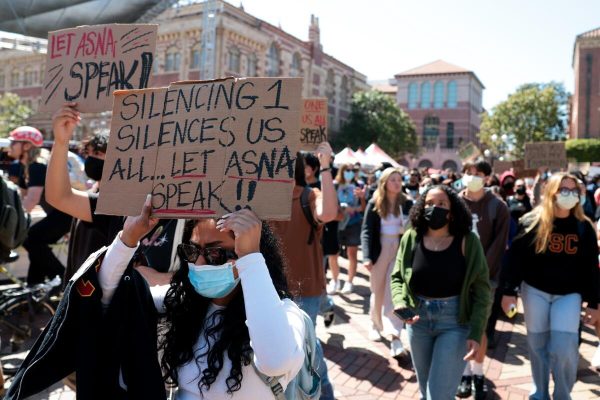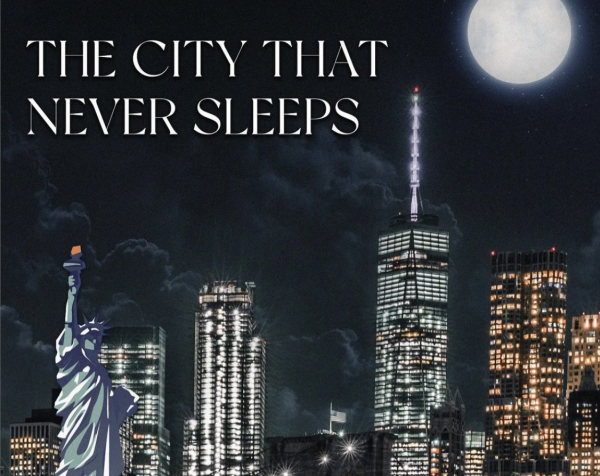Combative Books
More than 1,600 books have been banned in the United States as of 2022. Despite the fact that most of these movements originate in flippant Facebook groups and organizations like “Moms for Liberty,” these attempts at censorship have very serious implications. According to CBS news, recent book bans have affected more than 138 school districts and 32 states. Some of the most contentious books include classics like: Of Mice and Men by John Steinbeck, Huckleberry Finn by Mark Twain, To Kill a Mockingbird, by Harper Lee, and I Know Why the Caged Bird Sings by Maya Angelou. As some CdM students will note, these titles have not been censored in our curriculum. Corona del Mar, along with the rest of the state of California, is fortunate enough to have zero officially banned books. But, some states are not so lucky. Texas has banned 801 books according to the Texas Tribune, and there are lots of states that fall in between.
Senior Haley James, when asked about the subject, believed that it, “…could be understandable that some adults feel that they must shield their children from certain books, but I wouldn’t want to do it personally… I think it’s important for authors to be able to express their opinions, experiences, and ideas and we should be open minded to other people’s views. Especially because when students are exposed to different ideas, they may find themselves relating to the message. It’s a truly powerful thing to see oneself in writing which is why it’s such a controversial subject. Unregulated media can conflate with ideas of prejudice. This idea is expounded by statistics. Out of 1,648 banned books, 674 exhibit characters who are part of the LGBTQ+ community, 659 contain protagonists who are people of color, and and 338 directly address issues of racism. When a state bans a book that reflects other lifestyles or experiences, readers who align with the censored subject matter might feel alone and unsupported.
At the same time, ideas found in literature can be weaponized and harmful. In the novel Roll of Thunder, Hear Me Cry there are themes of racism, Jim Crow laws, and the use of racial slurs. Exposing children to these themes has the potential to enhance their propensity to be insensitive which is why this book can be found on banned book lists throughout the country. The same could be said of To Kill a Mockingbird. Mrs. Sensenbaugh has begun teaching this novel this year and understands the weight of the task. She reasons that, “There are lots of reasons why a book would be banned, like language or content, and you have to be careful.” However, just because a task is daunting doesn’t mean that it should be abandoned. “We have to determine if it’s hurtful or if it’s only an opportunity to learn. Mrs. Sensenbaugh continues, “How we teach is more important than the book itself. You should talk about why they are banned and teach sensitivity.” This sentiment nicely sums up CdM’s values; we need to continue to develop empathy and sensitivity while maintaining our integrity and values.

















